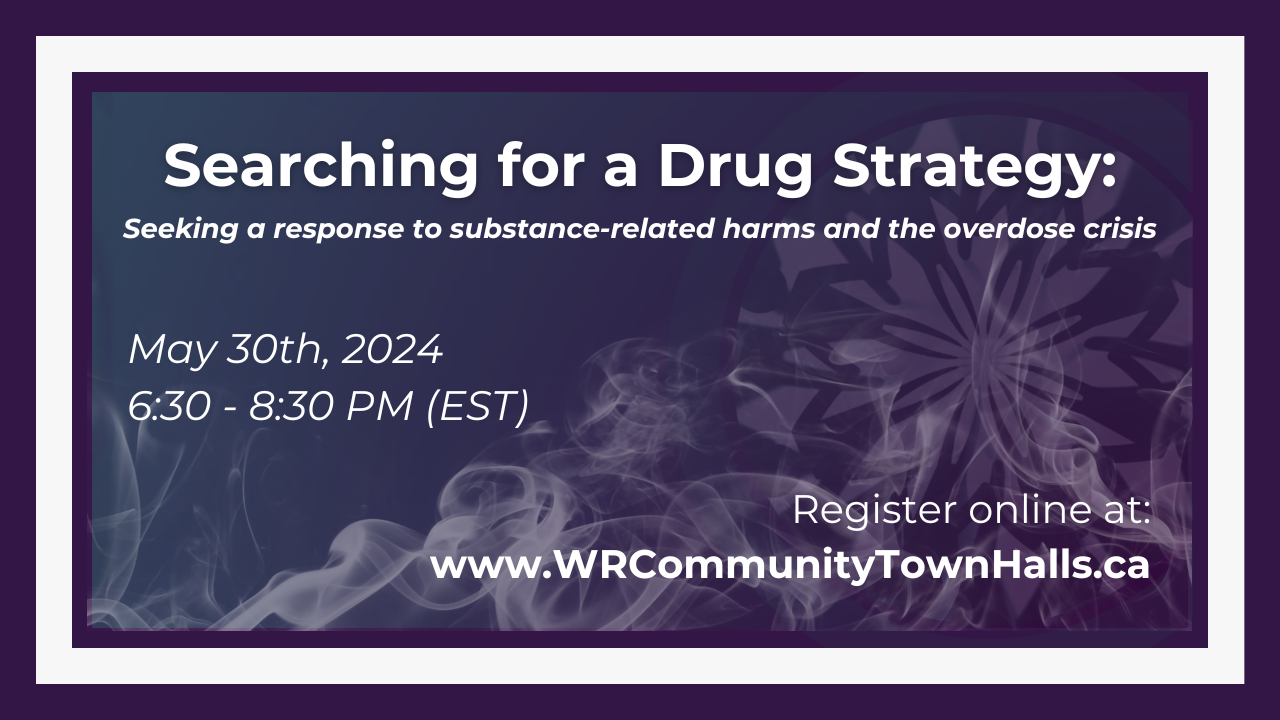Greg Nash
London Intercommunity Health Centre, Director - Complex Urban Health
|
|
Greg has 28 years experience in social, health and human services, including working in youth & adult mental services, infectious disease, sexual health, primary care, and oral health. As co-animator of The Wright Clinic, Safer Opioid Supply, Health Outreach Mobile Engagement, and the Newer Comer Clinic, he has worked in partnership with teams of people to bring services and resources to equity seeking populations.
|
|
|
More from this conversation: |
- Urgency and Complexity of Homelessness The situation in London underscores the severe and complex nature of the homelessness crisis, necessitating urgent and innovative responses.
- Community Collaboration and Summit Approach Bringing together diverse sectors of the community to understand, agree upon, and address the issue was a crucial step in developing an effective response.
- Hubs and Housing Model Transitioning from traditional shelters to multi-service hubs offering wraparound support and building highly supportive housing represents a significant shift in addressing homelessness.
- Rights-Based Encampment Strategy Implementing a rights-based approach to encampments, including the establishment of service depots, shows a humane and practical way of supporting those living outdoors.
- Long-Term Commitment and Innovation The recognition that solving homelessness requires a multi-year effort, continuous investment, and innovative strategies tailored to the local context.
With the ever escalating housing crisis, a growing number of people are confronting the harsh realities of homelessness on a daily basis. Despite concerted efforts, community services and shelter spaces are struggling to keep pace with the surging demand, leaving many without access to even these temporary solutions due to their limited capacity.
Faced with this stark reality, individuals are compelled to forge their own paths to survival, resulting in an increasing presence of makeshift shelters and tents, as residents seek safety and refuge from the often unforgiving elements.
|
As we grapple with the pressing need for both short-term and long-term solutions to address the root causes of homelessness, the current plight of those living outdoors remains in a state of uncertainty. What do we know about the complexities concerning the root causes and approaches to homelessness and encampments? What responses and measures can we enact to deal with the basic needs, care, and well-being of these people? What other approaches to this issue, and what steps are other municipalities taking to assist those dealing with homelessness and living in encampments?
|
|
Redefining Response in London
Greg Nash and Chantelle McDonald's presentation provides a comprehensive view of the homelessness crisis in London, Ontario, and their community's response to it. Their experience in co-chairing the encampment strategy and their involvement in developing new systems and responses offer valuable insights into addressing this complex issue.
They begin by outlining the dire situation in London, where the rental market has seen astronomical increases, and the COVID-19 pandemic has exacerbated existing systemic problems. London's response to homelessness has been a 'whole of community' approach, driven by the urgency and desperation witnessed on the streets, among service providers, and within the broader community.
As of 2022, London had over 2,000 individuals experiencing homelessness, with about 600 identified as having complex needs and living outdoors. The system was overwhelmed, with an estimated 75 individuals supported through the homelessness system dying annually. The street-level opioid crisis was at an all-time high, and the city's frontline staff were under immense stress and facing moral injury.
A significant turning point was a hunger strike at City Hall, advocating for the cessation of camp dismantling and the provision of adequate indoor spaces. This led to a larger community movement supporting the so-called "forgotten 509," a reference to the homeless individuals in need. In response, a closed-door summit was held, bringing together various sectors to address the crisis. This summit resulted in the identification of core issues and the formulation of value statements for future actions.
The ensuing "hubs and housing" plan involves creating multi-service, multi-sectoral hubs as transitional spaces, offering wraparound supports encompassing health, mental health, substance use, and social services. These hubs operate with a 'no wrong door' policy, meaning anyone can seek help regardless of their situation. The plan also includes building deeply affordable and highly supportive housing. Currently, about 100 supportive housing units have been operationalized.
Nash and McDonald detail the increased outreach efforts and service improvements, especially for those sleeping rough or in encampments. The implementation of hubs as transitional spaces represents a significant departure from traditional shelter models. These hubs are designed to offer more intensive and comprehensive services, acting as stepping stones to highly supportive housing.
The encampment strategy, a critical component of London's approach, was developed rapidly due to the urgent need to address the crisis. Key goals included increased coordination among outreach teams, improved services at encampments, and a rights-based approach to aid those living in encampments. This approach involves respecting individuals' rights to shelter and ensuring they are not needlessly disrupted or moved from their temporary spaces.
One innovative solution implemented was the establishment of service depots adjacent to popular encampment sites. These depots provide essential services like clean drinking water, food, hygiene supplies, and fire safety education. Importantly, they also offer consistent access to outreach teams and other support services. This model allows for better connection between the homeless and the services they need while respecting their autonomy and choices.
There has been significant community engagement and consultation around this approach, with preliminary evaluations showing promising results. Residents near encampments with service depots reported less aggressive behavior and improved conditions in their neighborhoods. The depots' effectiveness in reducing the hustle and desperation on the streets was evident through the distribution of basic needs and supplies.
Nash and McDonald emphasize that this strategy is not about sanctioning encampments but about providing a more humane and effective way of addressing homelessness. They recognize the complexity of the issue and the need for a multi-dimensional and rights-based approach.
Looking ahead, they acknowledge that fully implementing this strategy will take years, with the need for continued investment and community collaboration. They stress the importance of creating a framework and set of values to guide this work and the practical aspects of adopting a human rights-based strategy for encampments. While they do not claim to have all the answers, their approach represents a significant shift in how homelessness is addressed, focusing on collaboration, innovation, and respecting the rights of those experiencing homelessness.



